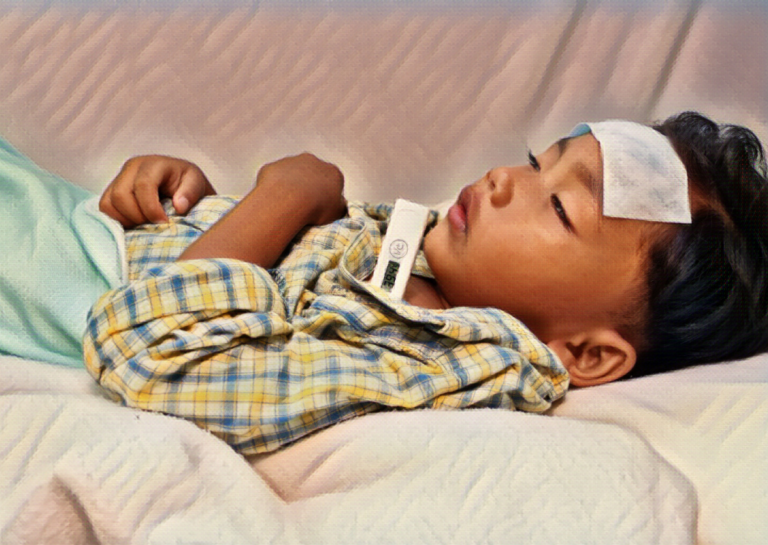Overview
Rheumatic fever is a serious complication that can occur after a child has a strep throat or scarlet fever infection. This condition can cause inflammation and damage to the heart, joints, brain, and skin. It is most common in children between the ages of 5 and 15, but it can occur in individuals of any age. Rheumatic fever is rare in developed countries, but it is still a significant health concern in developing countries.
Symptoms
The symptoms of rheumatic fever can vary, but they usually appear 1 to 5 weeks after a strep throat or scarlet fever infection. The most common symptoms include:
- Joint pain and swelling: This is the most common symptom of rheumatic fever and can affect any joint in the body, but it most often affects the knees, ankles, and wrists.
- Fever: Children with rheumatic fever may have a fever that comes and goes.
- Fatigue: Children may feel tired and weak.
- Rashes: A rash may appear on the trunk of the body, and the skin may be sensitive to touch.
- Heart problems: Rheumatic fever can cause inflammation of the heart, which can lead to chest pain, shortness of breath, and a rapid heartbeat.
- Nodules: Hard lumps may form under the skin, usually on the elbows, knees, or scalp.
- Abdominal pain: Some children may experience abdominal pain.
Causes
Rheumatic fever is caused by an infection with group A streptococcus bacteria. This type of bacteria can cause strep throat and scarlet fever. When the body fights the infection, it produces antibodies that can mistakenly attack the heart, joints, and other organs. This mistaken attack is what causes the inflammation and damage associated with rheumatic fever.
Treatment
Treatment for rheumatic fever typically involves a combination of antibiotics and anti-inflammatory medications. The antibiotics are used to eliminate the strep infection, while the anti-inflammatory medications are used to reduce the inflammation and damage caused by the disease.
In addition, the person will be treated for heart problems if any, which may include medications to control heart rate, blood pressure, and fluid in the lungs.
Prevention
The best way to prevent rheumatic fever is to get prompt treatment for strep throat or scarlet fever. If a child has strep throat, they should take antibiotics as prescribed by their doctor, even if they start to feel better before the medication is finished.
It is also important to practice good hygiene and to teach children to wash their hands frequently, avoid sharing personal items such as towels, and to cover their mouths and noses when they cough or sneeze.
Citations
- Brown, J. R. (2019). Rheumatic Fever. In Infectious Diseases (pp. 1-8). Springer.
- Khan, A., & McNeil, E. (2020). Rheumatic Fever. In Pediatric Rheumatology (pp. 45-51). Springer.
- Cervantes, L., & Laxer, R. M. (2017). Rheumatic Fever. In Textbook of Pediatric Rheumatology (pp. 359-366). Elsevier Health Sciences.
